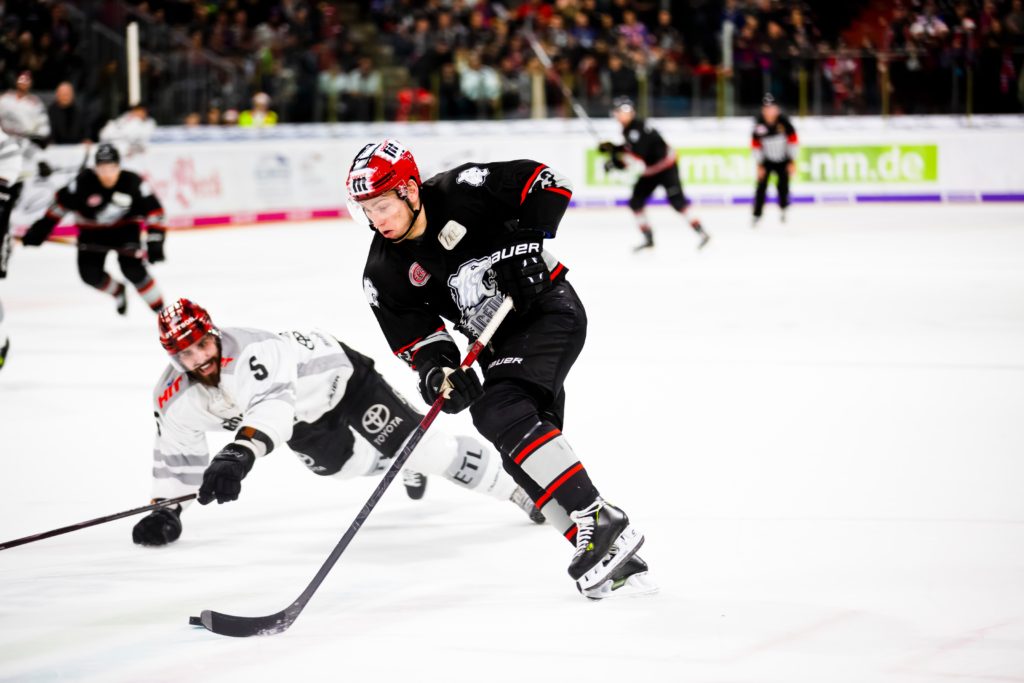Written by Michael Robelli
In any aspect of society, tradition is one of the most difficult things to let go. Regardless of its toxicity, tradition is often times granted a pass due to its historic importance, ability to activate nostalgia, etc. Furthermore, tradition can be particularly stubborn in the realm of sports. From family fan bases that run generations deep to die-hard sports analysts, any sort of altercation to the status quo is sure to stir up the greater sports community. Dr. Michael Cusimano, a neurosurgeon at St. Michael’s Hospital in Toronto, doesn’t care about that. In his 2014 The Globe and Mail article, he strongly suggests that a change needs to be made in ice hockey.
You arrive at a hockey game with your buddies, and you’re all excited. You’re anticipating a solid game and some solid footwork on the ice. Sounds pretty lame, huh. Footwork?! No one cares about the footwork of it all! Unless you’re obsessed with the beauty of ice skating, you’re dying to see a fight break out. Fights are a part of the game’s history and never fail to get old and new fans out of their seats. If you’re lucky, the players on the benches will get involved, too. And if it’s nothing short of your perfect day, you may see some dark red blood fly down onto the contrasting, bright white ice. Now that’ll get your heart pumping.

However, even though many adults will forget about a fight like this in a day or two, it has a high likelihood of imprinting on the youth. And medical practitioners like Dr. Michael Cusimano are starting to pay deliberate attention to hockey brawls and their impacts on younger generations. Cusimano states, “Children pick up on unsaid messages at a very young age. They incorporate unsaid messages into their own behaviour, and their own relationships with other people, at school, the playground and the hockey arena. So we need to tell them that fighting isn’t required to make a hockey game exciting. If we continue to condone fighting in sports, our children will think it’s okay to treat people badly in other ways, such as bullying. Research has shown that how we treat other people can be hard-wired into the brain at a young age and can be very hard to change.” And this absorption carries over into teen years as well.
My favorite part of this entire article is how Cusimano does not just lay out the problem; he provides suggestions and solutions for how the NHL as well as parents can deal with this dilemma. He urges the NHL to tighten rules against fighting and heighten the consequences for more fight-prone players. And this isn’t only for the youth’s sake; Cusimano wants to keep the players safe, as “my [Cusimano’s] own research has found there are slightly more than five concussions for every 100 NHL games. There are 60,000 to 70,000 hockey-related concussions in Canada altogether every year.” The professional and sub-professional levels need to be safer for when the younger generations reach them. Cusimano also encourages parents to never condone fighting, as their kids may not yet be equipped to differentiate fighting in an ice arena and fighting on the playground. They may simply believe “well, this is how the world works!”
Cusimano attempts to combat the value of nostalgia through violence in this piece, and does so in quite a convincing manner in my opinion. He claims that we as viewers truly desire to see the best of the best square-off in their respective sport, out competing each other through skill. He suggests, “Remember how exciting it was in Vancouver at the 2010 Olympics, how we were all glued to the TV when the two best teams in men’s hockey squared off for the gold, skating, passing and shooting rather than punching, hitting and wrestling?” With the increase of fighting on the ice, it allows for the general skill-level to drop, as fans are less so requiring a sound game but rather a solid fight. Instead of an uproarious applause coming from simply fighting, it should come from fighting to win. Those are the types of qualities that will make a colossal difference in these kids’ lives.
P.S.: I commented in class about how kids may have perceived the Kansas and Kansas State fight the other day. That is why I chose to talk about this.



Great post, Michael! I really enjoyed the focus on the grassroots part of the NHL to help alleviate the fighting and starting from the ground floor with the youth. It is clear that the only way to truly make an impact is start there and show kids the other aspects of the sport that make it exciting to play. The NHL should also make adjustments that correlate with these changes in the youth leagues. With proper attention from the NHL and showcasing the skill-level, it could make the changes necessary to salvage the future of the sport and increase participation as well.
As someone who plays hockey and follows the NHL religiously, I enjoyed reading this. There are some things that I definitely agree with and others that I would tend to disagree with. I couldn’t agree more with your statement on how tradition can be stubborn, especially when it comes to the sports world. Sports in general are an interesting case study because of how much emotion goes into them both for the players and the fans. Anytime there is a rule change for any sport there’s always a big uproar about it which then eventually dies down and everyone just accepts the new rules as part of the game. I think the same would happen if you take fighting out – it would be a big deal, but then eventually fans would get over it. Now, as far as fighting in the NHL goes, it has already significantly declined over the past decade (734 fights in 08/09 and only 224 in 18/19) and the traditional “fighters” who were essentially only on teams to punch other people (as opposed to their skill) are no longer a thing for the large majority of teams. I’m also hesitant to agree with the notion that taking fighting completely out of the game would make it safer. Fighting in the NHL happens for a very particular reason – to protect more skilled players from being hurt. Very rarely do the fights break out because two guys just feel like punching each other. They happen because someone on one team made a dangerous hit/questionable decision and it put the safety of one of the other players at risk. If there was no fighting, then that means there is no consequence for targeting the other team’s best player and trying to hurt them intentionally. Having fights legal in the NHL makes it so that players must think about their actions. To recap: The NHL would be much better overall skill-wise if fighting was out of the game but taking it out doesn’t necessarily increase the safety of the game.